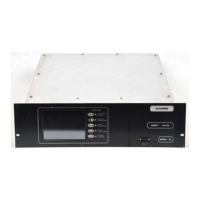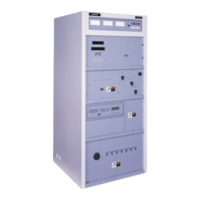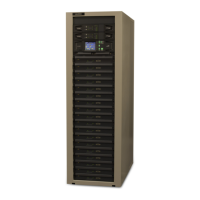Do you have a question about the Harris Gates One 994 9202 002 and is the answer not in the manual?
Steps for administering basic life support including airway, breathing, and circulation.
Steps for providing care after victim is responsive.
Details procedures for treating extensive and less severe burns.
Lists the technical specifications for the GATES Series™ transmitters.
Covers general information related to the installation of the GATES Series™ transmitters.
Details essential requirements for the general installation of the transmitter.
Covers the electrical installation procedures and power requirements for the transmitters.
Provides a step-by-step guide for the initial power-on procedure of the transmitter.
Details systematic operations for maintaining equipment, including inspect, feel, tighten, clean, adjust, and paint.
Covers maintenance procedures for transistors, integrated circuits, capacitors, and fixed resistors.
Explains how to adjust the low voltage power supply outputs for proper transmitter operation.
Details how to adjust the high voltage supply to the correct operating range.
Explains how to measure and verify the RF drive level with an oscilloscope.
Describes how to tune the IPA for optimal drive level to the PA modules.
Details how to calibrate the power output meter using external measurements.
Covers procedures for adjusting overload thresholds for various parameters.
Explains the meaning of various front panel indicators used in the transmitter.
Troubleshooting steps for when no green LEDs on power level switches are illuminated.
Troubleshooting for when power LEDs light, but contactors don't energize.
Troubleshooting for when contactors energize but no power output is present.
Troubleshooting for when high voltage is present but no power output is observed.
Details safety measures due to low impedance high current capabilities and interlocking switches.
Explains the operational principles of FETs, PDM theory, Polyphase theory, and signal flow.
Describes the high voltage power supply, its function, and components.
Provides essential precautions for handling MOSFETs to prevent electrostatic discharge damage.
Provides essential precautions for handling MOSFETs to prevent static discharge damage.
Provides essential precautions for handling MOSFETs to prevent static discharge damage.
Provides troubleshooting steps for various controller symptoms and IC functions.
| RF Output Impedance | 50 Ohms |
|---|---|
| Output Power | 1000 Watts |
| Modulation Types | FM |
| Power Output | 1000 Watts |
| Audio Input Impedance | 600 Ohms |
| Power Supply | AC 220V, 50/60 Hz |



